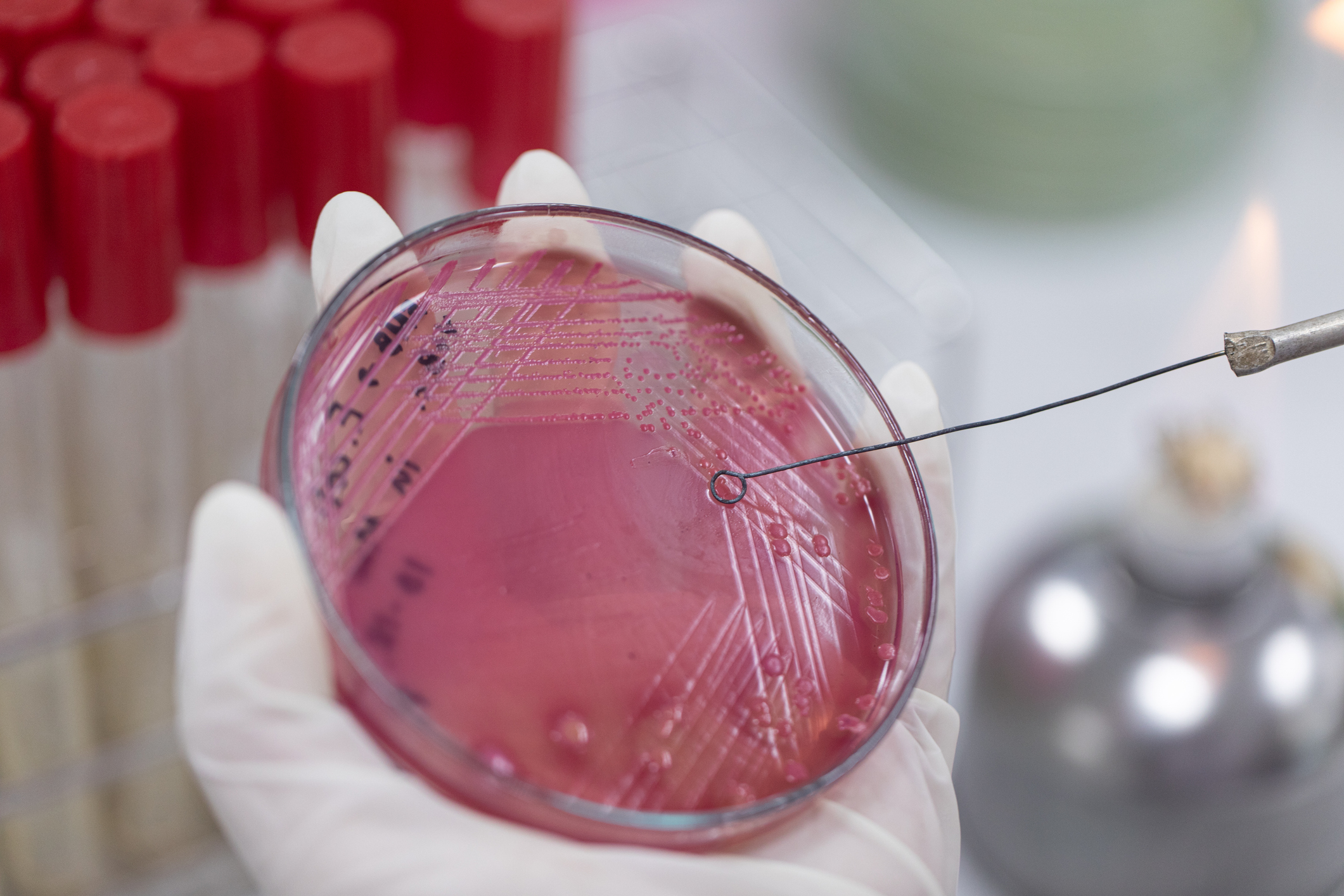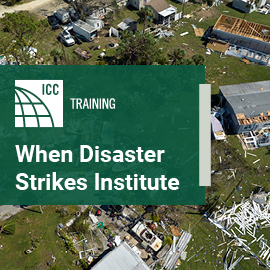
Are Your Pipes Hiding a Superbug Risk? The Latest International Plumbing Research from Australia
Flinders University in Australia explains the risks of antimicrobial resistance and how to protect public health.
As a global leader in the plumbing, mechanical and fuel gas (PMG) industry, the International Code Council has the privilege of collaborating with several international universities, academic institutions and research partners within the sector.
With so many organizations making significant contributions to plumbing knowledge around the world, staying updated with the latest research and academic findings can be challenging.
Through the Code Council’s PMG Newsletter, we aim to spotlight these outstanding contributions from various regions, showcasing one country at a time.
Here we highlight the work of Flinders University in Australia.
The Risks of Superbugs and Antimicrobial Resistance in Plumbing
Antimicrobial resistance (AMR) is an emerging global threat. The World Health Organization estimates that by 2050, more people will die each year from untreatable infections caused by AMR pathogens than from cancer. While AMR is often seen as a problem confined to hospitals, new Australian research shows that plumbing systems, especially in domestic settings, are a previously unrecognized and underestimated source.
A recent study in Australia published in the Journal of Hospital Infection revealed that biofilms (slimy layers of microorganisms) formed inside drinking water pipes and plumbing outlets can harbor dangerous, drug-resistant bacteria. These include notorious “superbugs” such as MRSA (methicillin-resistant Staphylococcus aureus), Pseudomonas aeruginosa, and Acinetobacter baumannii, all ranked among the most serious AMR threats to human health due to their resistance to multiple classes of antibiotics.
More than 160 water and biofilm samples were collected from showers, taps, drains and sinks in both homes and hospitals across Australia. The results were eye-opening: 73 percent of residential samples tested positive for at least one of these harmful bacteria, compared with 38 percent of hospital samples. Even more concerning, 45 percent of household plumbing fixtures contained more than one type of drug-resistant organism.
What is driving this? The answer lies in biofilms, slimy microbial communities that grow on the inner surfaces of pipes and drains. Biofilms create a protective environment where bacteria can not only survive but also share resistance genes. In some cases, resistance genes were detected even when the associated bacteria were not, suggesting that the biofilm acts as a “genetic reservoir,” preserving AMR traits that can be acquired by other microbes in the future.

Protecting Public Health
From a public health perspective, this presents a significant and urgent challenge. Plumbing systems, particularly in domestic settings, have largely been overlooked in infection prevention strategies. Yet, as this research shows, they can harbor pathogens capable of causing life-threatening infections in people with compromised immunity or those using medical devices such as catheters or feeding tubes.
For plumbing professionals, this study highlights the critical role you play in protecting health:
- Biofilms thrive in low-use or poorly designed systems. As such, you should consider pipe layout, flow rates and materials to discourage growth.
- Drains and tap aerators are key risk points, and design and maintenance should account for this.
- Routine cleaning and disinfection are essential, particularly in homes with immunocompromised occupants.
As healthcare increasingly moves into the home, plumbing infrastructure becomes a frontline defense against AMR. By recognizing the risks and implementing practical controls, the plumbing industry can play a vital role in protecting our most vulnerable.

Reference: Hayward C. et al. (2025). “Drinking water plumbing systems are a hot spot for antimicrobial-resistant pathogens.” Journal of Hospital Infection. DOI: 10.1016/j.jhin.2025.02.018
To stay updated on the latest PMG industry news, subscribe to the Code Council’s PMG newsletter here.







